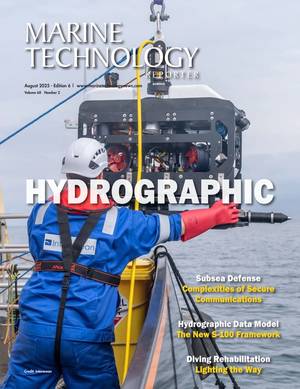
SOI Says New Ecosystems Found Beneath Hyrdrothermal Vents
Virmani. “This truly remarkable discovery of a new ecosystem, hidden beneath another ecosystem, provides fresh evidence that life exists in incredible places.”The science team was accompanied by LA-based artist, Max Hooper Schneider, who constructed sculptures that were filmed on the vent systems with ROV SuBastian, and returned to the surface. The hydrothermal environment being studied was an excellent pairing for the artist who will include his artistic research in future exhibits. “I will forever remain bewitched by dark life,” said Hooper Schneider. “Lightless ecosystems
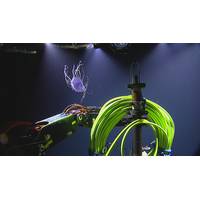
Ocean Networks Canada: 'Wiring the Abyss'
;s 2018 expedition included the installation of new instruments, sensors and cameras at its Endeavour site 300 kilometers off Vancouver Island. The expansion doubles the amount of instrumentation and improves scientists’ ability to continuously monitor and study the area’s hydrothermal vent systems and ridge-axis tectonic processes.Hydrothermal vents at Endeavour are part of Canada’s first marine protected area, established in 2003. The vents host a biologically diverse and productive ecosystem that is home to globally unique and distinct native animal species. ONC has continuously
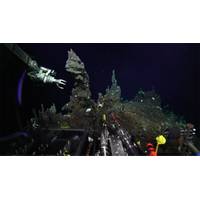
Scientists Find Life at Unexplored Ocean Depths
, NOAA-PMEL and Oregon State University, the group returned to the Back-Arc for the second phase of a two-part exploration of the region. In 2015, the team of scientists located new hydrothermal vents in the Back-Arc region, including evidence of recent lava flows. This year, the team returned to these vent systems aboard research vessel Falkor with the new remotely operated vehicle (ROV) SuBastian to characterize their water chemistry and biodiversity. The new results fill a gap in knowledge about the biogeography of these unique deep-sea ecosystems and has implications for how tectonic setting influences
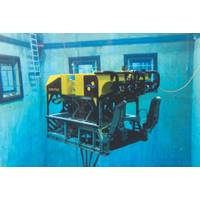
MTR100: Schmidt Ocean Institute
vessel with a high performance computing system made freely available to scientists to run complex oceanographic numeric models to inform field observations and test hypothesis while research cruises are in progress. Thus far the computer has supported four separate cruises modeling 3D reef and vent systems. R/V Falkor’s adaptable system has also allowed for scientist to create on-board laboratories. Earlier this year a science team implemented the first large-scale deployment of a new protein biomarker technology. The “targeted metaproteomics” approach will be used to diagnose

Virtual Reality Reveals Underwater Vents
features of the Niua site. To better protect deep-sea hydrothermal systems, new survey technologies are needed that will allow quantifiable and high-resolution monitoring for investigations of these remote environments. Huge changes for the ecosystems and geography of seafloor hydrothermal vent systems could be in the very near future. However, if these areas are not explored, investigated, and recorded before change arrives, then we may never know what was there. By using the cutting-edge 3D survey tools, the “Virtual Vents” team has opened this remote environment to the public


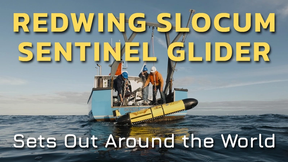
 August 2025
August 2025
